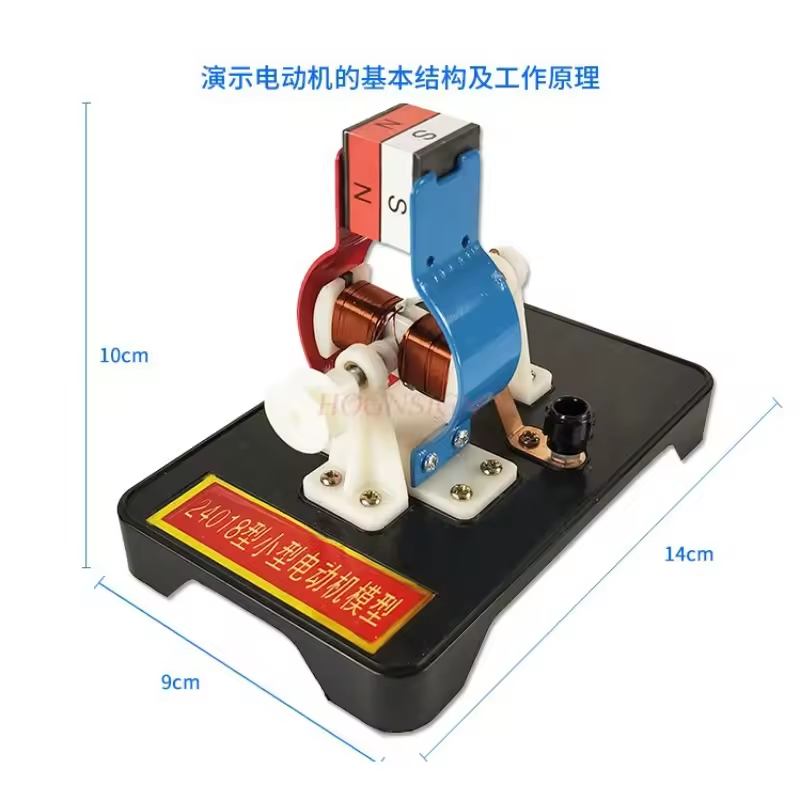The online electrical circuit simulations on this page will help you to better understand how electrical circuits work and how the different components that form them relate to each other. You will discover how electrical circuits can be classified according to different criteria and you will be able to see for yourself the usefulness and applications of various electrical circuit simulation tools.
What is an electrical circuit?
An electrical circuit is a set of interconnected electrical components that allow the flow of electric current. These components can include power sources, such as batteries or generators, and control elements, such as switches or relays.
Electrical current flows through the circuit due to the electrical potential difference between the components. The unit of measurement for electric current is the ampere (A), while the unit of measurement for electric potential is the volt (V).
In summary, electrical circuits are fundamental to the transmission and control of electrical power in a wide variety of devices and systems. The online electrical circuit simulations on this page will help you to improve the knowledge of electrical circuits. This is is essential for those working in fields related to electronics, electricity and energy.
Classification of electrical circuits
Electrical circuits can be classified according to various criteria that allow a better understanding of their operation and specific applications. The following are some of the most common classifications.
By configuration
Series electrical circuits
In series electrical circuits, components are connected one after the other, forming a single path for current flow.
Parallel electrical circuits
The components in a parallel electrical circuit are connected in separate branches. This allows current to flow through multiple paths.
Mixed electrical circuits
In mixed electrical circuits, series and parallel configurations are combined within a single circuit.
By functionality
Open electrical circuits
Open electrical circuits are those in which the flow of electric current is interrupted due to a disconnection or an open switch.
Closed electrical circuits
In closed electrical circuits, current flows without interruption because all connections are complete.
Short-circuited electrical circuits
In short-circuited electrical circuits, the electric current flows through a low-resistance path, usually due to an accidental connection, which can lead to damage from overheating.
By purpose
Power electrical circuits
Power electrical circuits are designed to transmit and distribute electrical energy in high-power applications, such as power grids.
Electronic electrical circuits
Electronic electrical circuits are used in electronic devices to process signals and control specific functions, such as in computers and cell phones.
Each of these classification criteria provides a unique perspective for analyzing and understanding electrical circuits, which is essential in the design, diagnosis and maintenance of electrical and electronic systems.
Electrical circuit simulations
The use of interactive simulations is a powerful tool for understanding these concepts by directly experiencing how circuits work in different configurations. These simulations allow parameters such as voltage, resistance and current intensity to be modified, providing a dynamic, hands-on educational experience.
Electrical Circuit Applications
In summary, electrical circuits are fundamental to the transmission and control of electrical power in a wide variety of devices and systems. Knowledge of electrical circuits is essential for those working in fields related to electronics, electricity and energy.
See for yourself how the online electrical circuit simulations on this page will help you master this important discipline of electromagnetics – be sure to use them!
Explore the exciting STEM world with our free, online simulations and accompanying companion courses! With them you'll be able to experience and learn hands-on. Take this opportunity to immerse yourself in virtual experiences while advancing your education - awaken your scientific curiosity and discover all that the STEM world has to offer!
Electrical circuit simulations
- Construction
- Series
- Parallel
- Lab
Electrical circuit simulation kit
Explore with an electronics kit! Build circuits with resistors, ideal non ohmic bulbs, fuses, batteries and switches. Determine if everyday objects are conductors or insulators and make realistic ammeter and voltmeter measurements. View the circuit as a schematic diagram, or switch to a realistic view.
File
Electrical circuits virtual laboratory
Do you like the “Circuit Simulation Kit”, but want to use only in-line ammeters? This is the simulation for you! Experiment with an electronic kit. Build circuits with batteries, resistors, ideal non- ohmic bulbs, fuses, and switches. Determine whether everyday objects are conductors or insulators, and make measurements with realistic ammeters and voltmeters. Observe the circuit in its schematic form, or change it to its realistic view.
File
STEM education equipment
Physics courses

Circuits for Beginners


AP® Physics 1 – Part 2: Rotational Motion


AP® Physics 1 – Part 1: Linear Motion


AP® Physics 1 – Part 4: Exam Prep


Principles of Modeling, Simulations, and Control for Electric Energy Systems


Principles of Electric Circuits | 电路原理


Electrotechnique I


Electromagnetic Compatibility Essentials






























